When you take a walk along the Noland Trail or picnic at Lions Bridge, have you ever thought about the different plants and animals that call The Mariners’ Museum Park home? To date, we have discovered 523 different species live in the Park. This incredible number includes birds, insects, plants and trees, reptiles, and many more. Below are just a few highlights.
Trees
Our tallest residents are the trees that call the Park’s forests home. To date, we have identified 96 different varieties of trees! 84% of those are native to the state of Virginia! The most populous tree is the loblolly. It is a fast-growing pine tree.
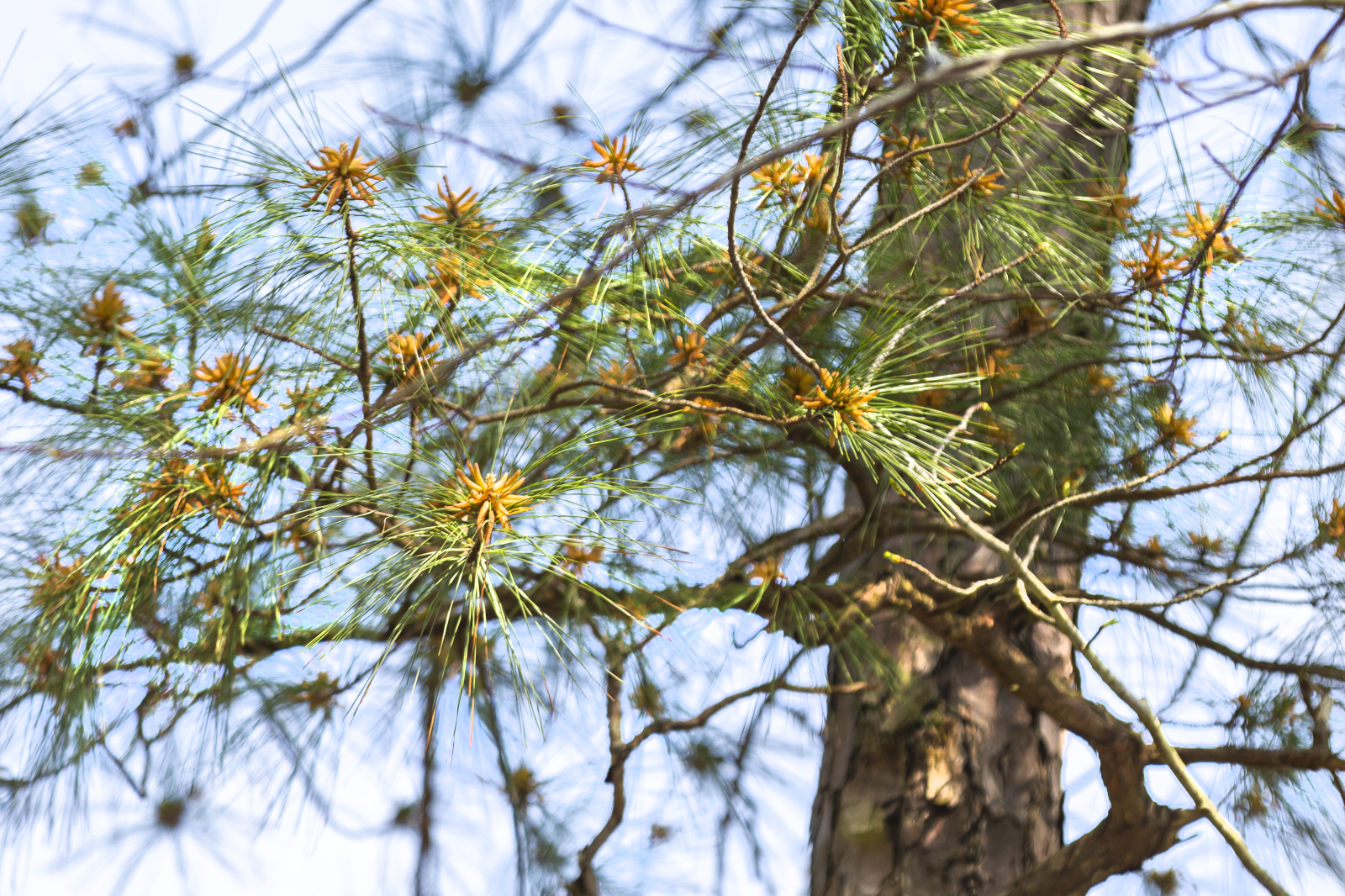
Two of our most unique species are the longleaf pine and the coast redwood. The longleaf pine is native to Virginia but was decimated by the shipping industry. In 2017, we were given the opportunity to plant a grove of our own through a partnership with the Newport News Shipyard and The Nature Conservancy. They are a slow-growing relative of the loblolly. They’ll mature in 150 years! You can learn more about the partnership and our efforts to bring back the tree, here.
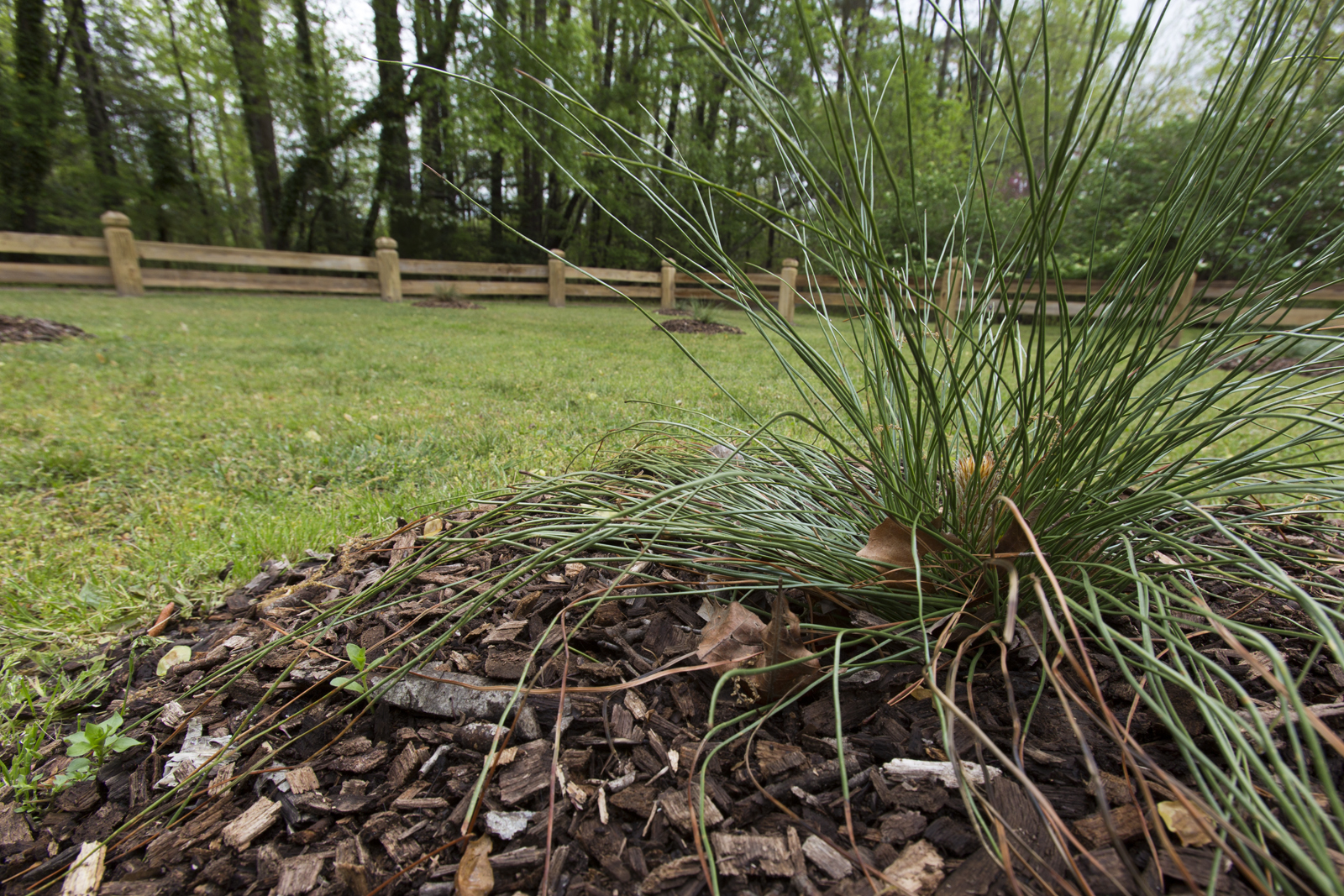
Our coast redwood trees are unique to the Park as they are a west coast species! A member of the community donated three to us. They are the only trees of their kind represented in the Park! They can grow to be over 1,000 years old. You can read more about the trees in an issue of our Ahoy! Magazine on page 12, here.
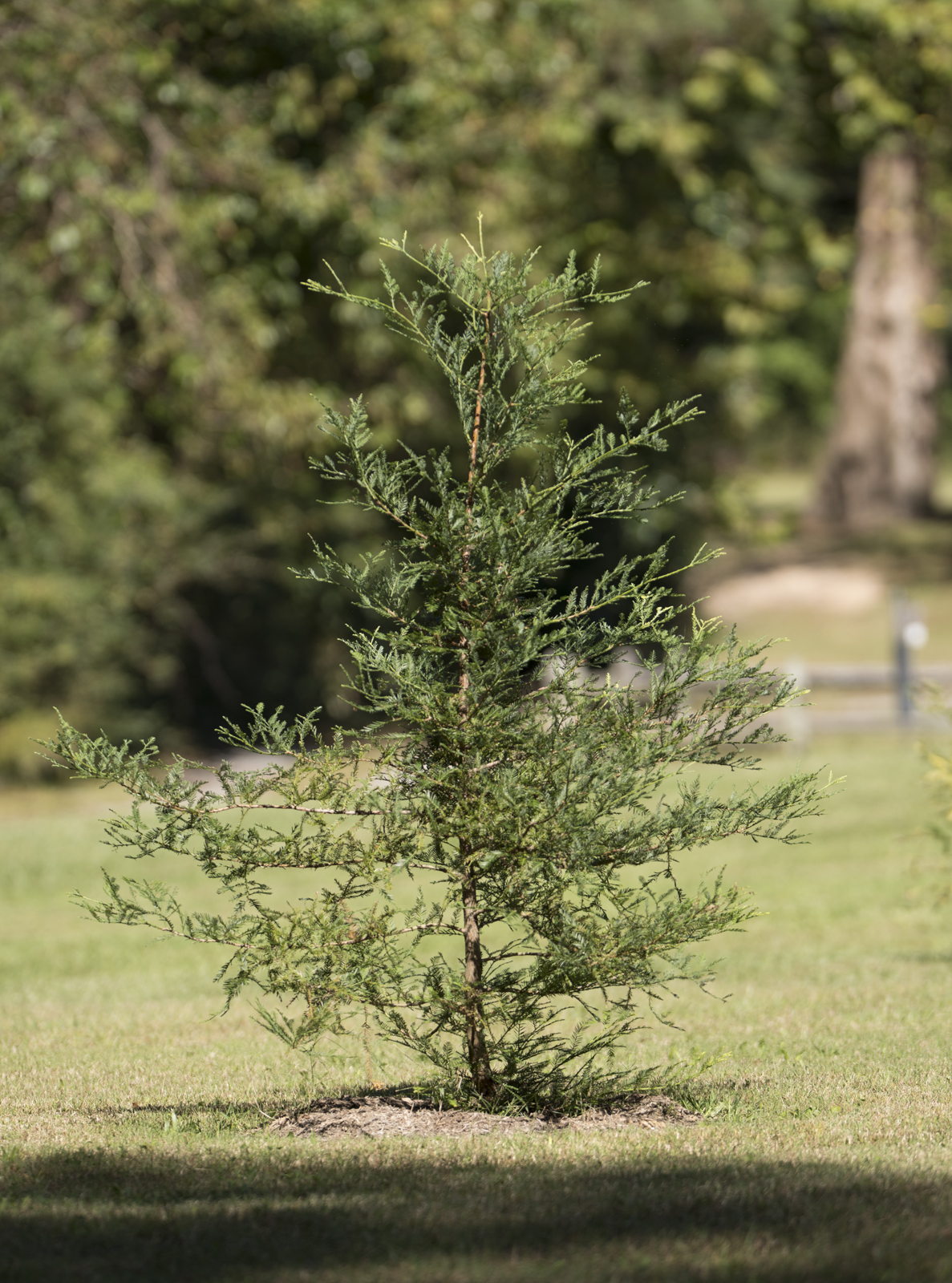
Plants
Within the Park, we have a diverse range of plants from ground cover to shrubs. In all, 118 species have been sighted. Currently, 65% of our plants are native to this region. Eleven of our total species rank on the Virginia invasive species list. This list is a priority group for removal. Eradicating several of these species is an ongoing goal for the Park staff. Our main focus is on controlling our ivy growth. It can harm trees by covering them completely and blocking their ability to receive sunlight.
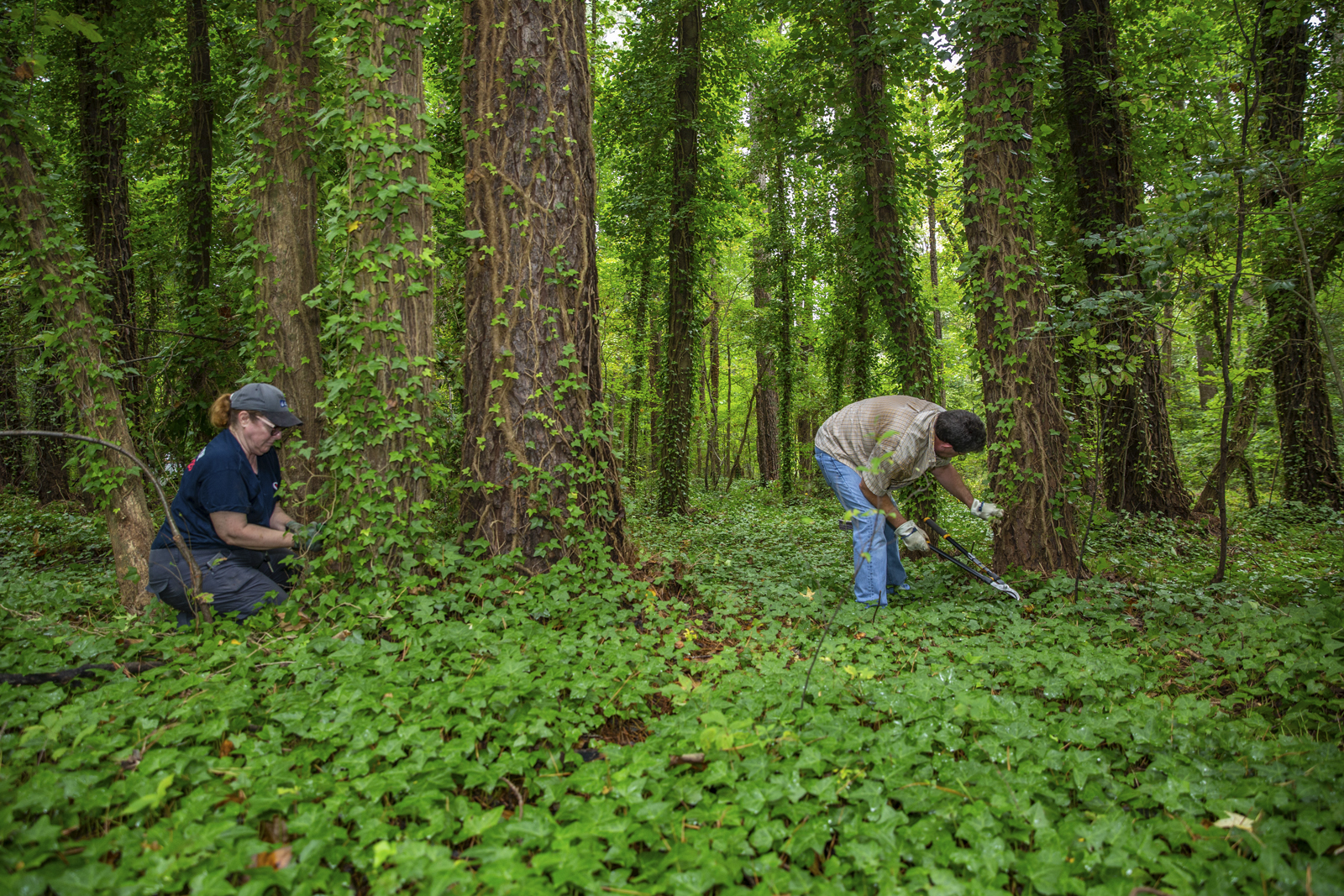
Just last year, The Mariners’ Museum Park added 23 new plants to the species list with the planting of a new educational pollinator garden. With this initiative, we were able to incorporate native plants that were new to the Park, support pollinators, and engage with students in the local community! You can read more about the pollinator garden in the Ahoy! Magazine on page 14, here.
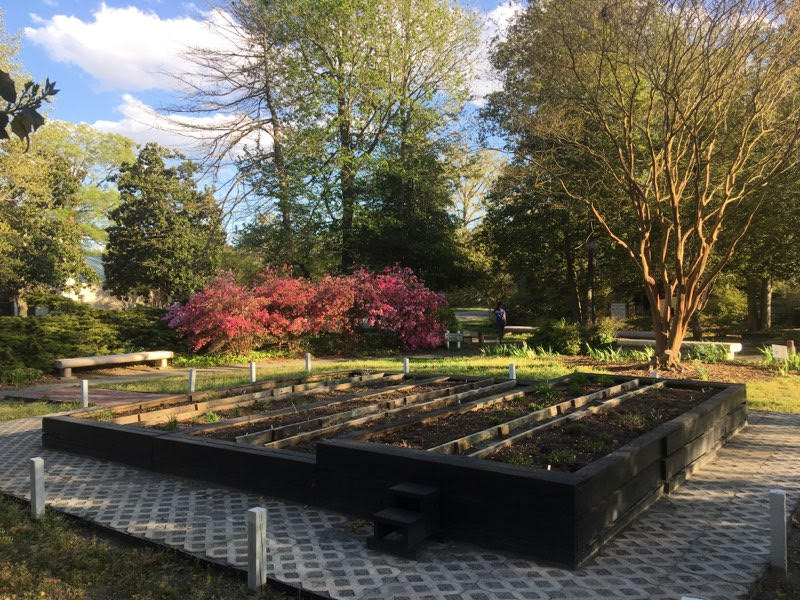
Birds
Perhaps, the Park’s most enduring quality is its ability to be a home for so many species of birds. In all, 187 different species have been sighted with 97% of them native to the region! Seventy species live in the Park year-round, five use it as a winter home, 41 use the Park as a non-breeding home and fly elsewhere during the breeding season, 33 use the Park as a stopover while migrating, and 38 species use the Park as a breeding ground. With that diversity in mind, here are a few unique facts about some of our birds!
Osprey, a species of raptor, specifically carries its prey head-forward to reduce any drag it might cause to them when flying.
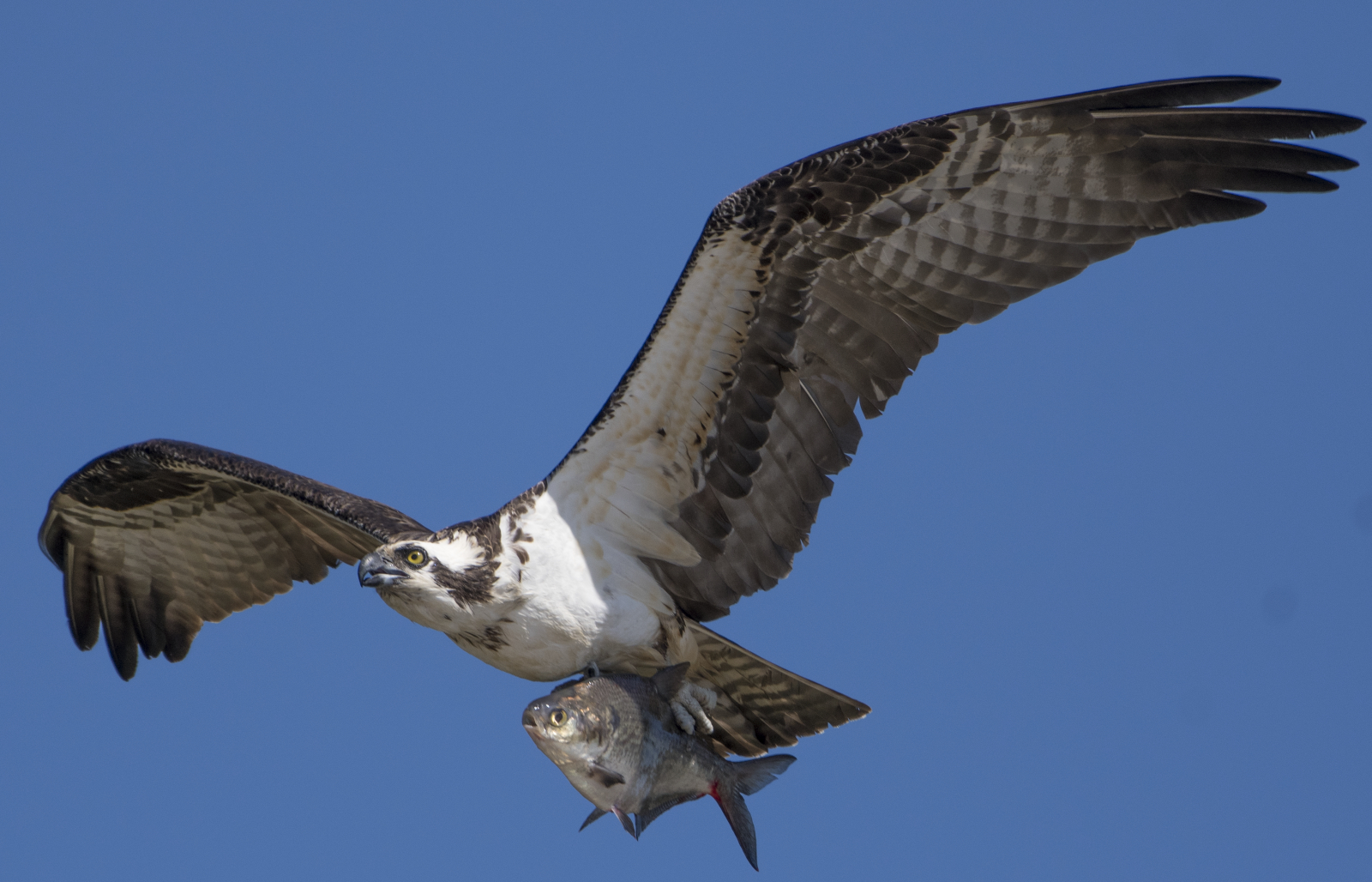
Brown pelicans are one of the only pelican species that dives for its fish. Their pouch is not used to store the fish, rather it is used to catch fish and drain the water. This allows them to eat the fish immediately.
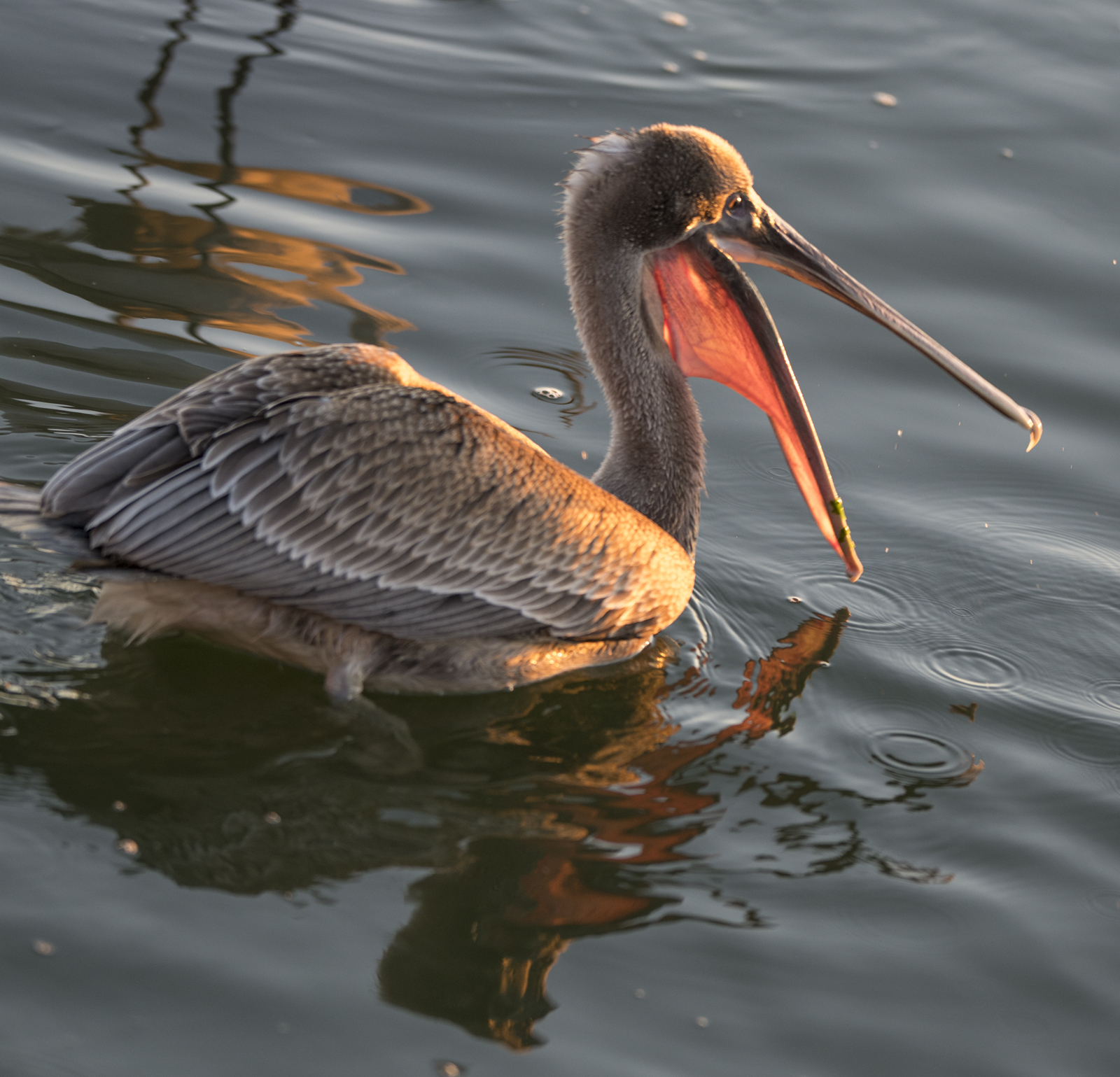
Northern cardinals are not only the state bird, but also take part in a behavior called anting. Anting is the act of rubbing ants all over their feathers and skin. Scientists think this is a way to rid their body of parasites or prepare their meal.
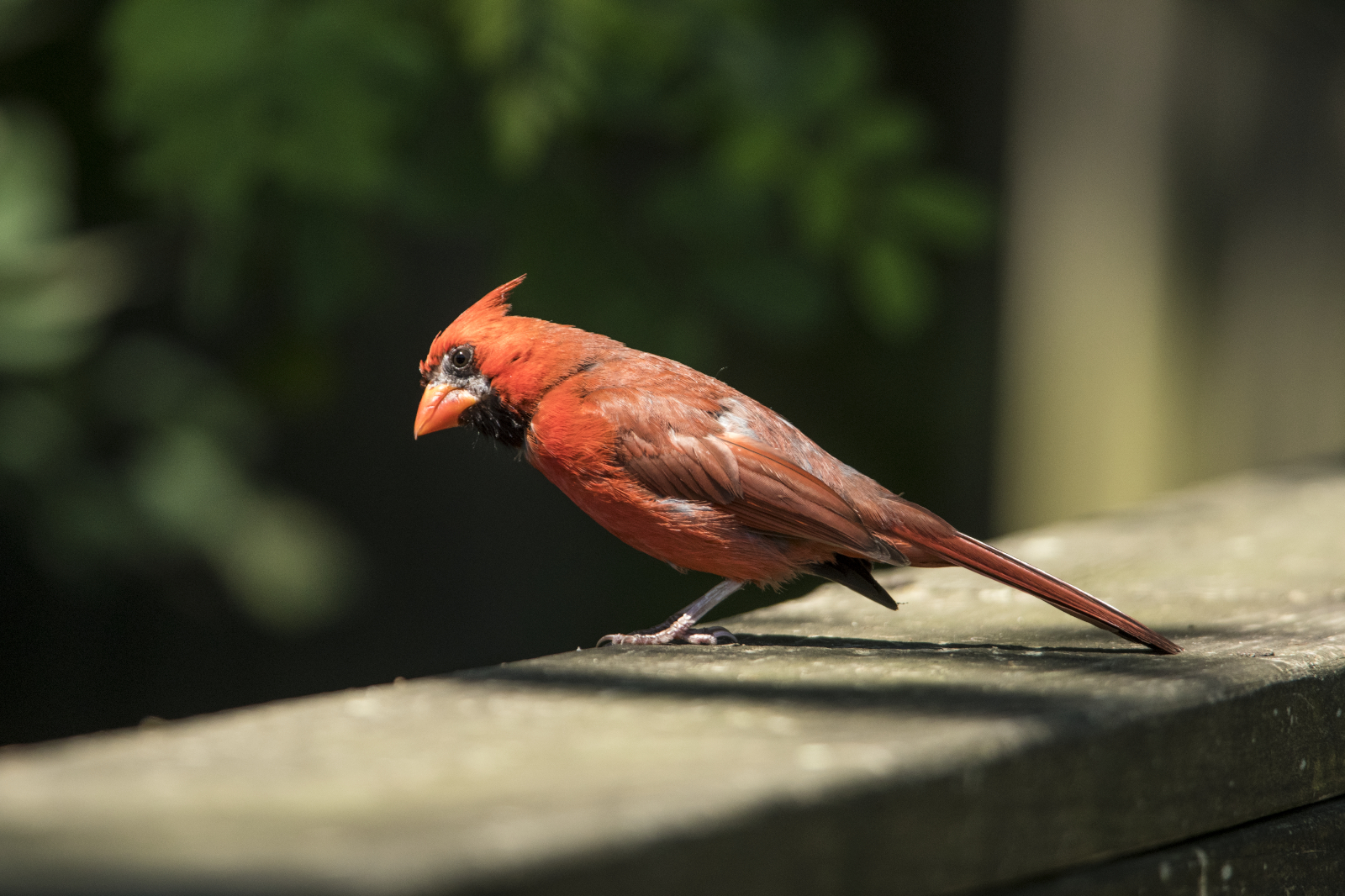
Cedar waxwings get their name from the red wax-like substance on the tips of their wings. Scientists do not know why they produce it but suspect it may be to attract mates.
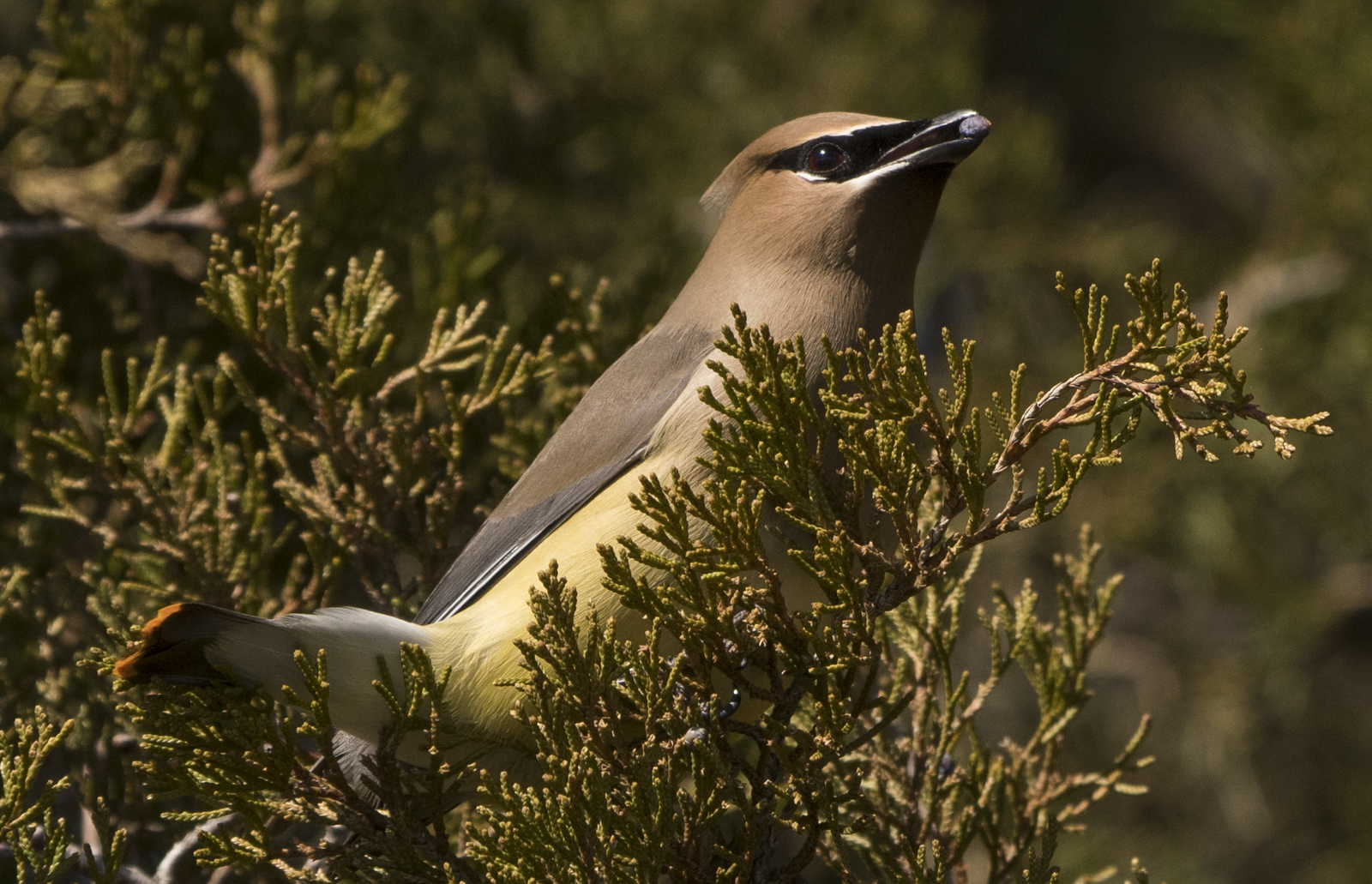
Red-breasted mergansers, a seaduck species, have a range larger than any other merganser found in North America. Their daily fish intake, of around 20 fish, requires them to dive underwater up to 300 times a day!
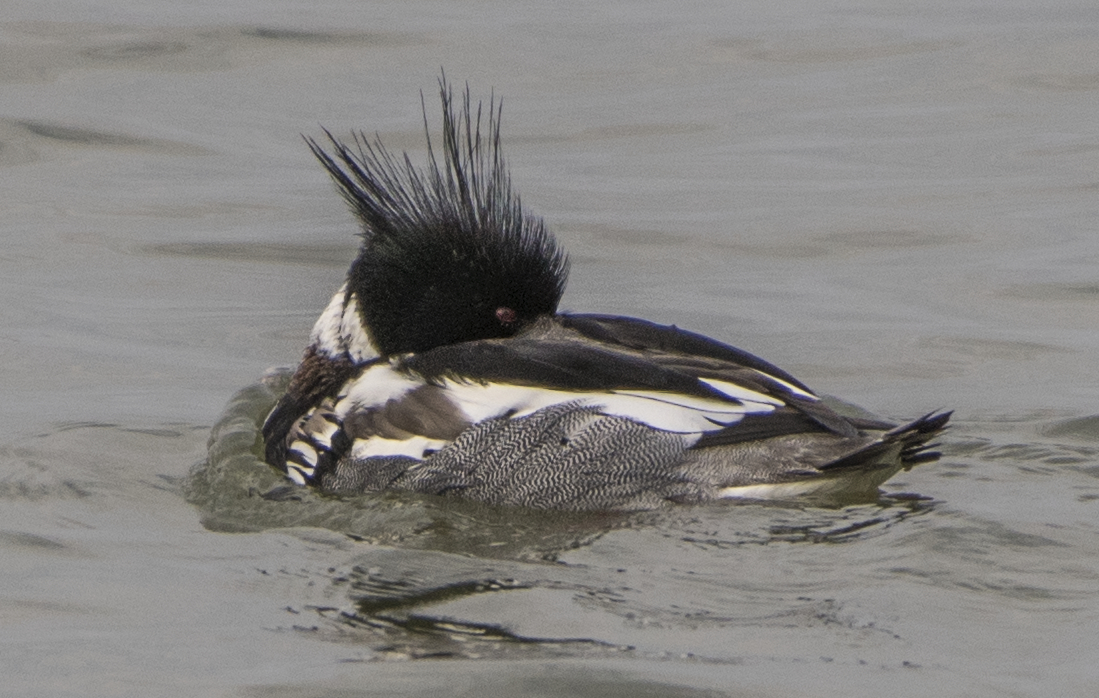
Arachnids and Insects
Our smallest inhabitants are the 70 different arachnid and insect species that call the Park home. Only six are not native to the state of Virginia. Included are spiders, ants, butterflies, and bees. The common eastern bumble bee is an extremely successful pollinator in Virginia. It has been introduced to other parts of the United States to increase crop pollination. They are extremely social, living in large colonies. Their furry appearance is due to hairs that cover their body, allowing them to collect pollen.
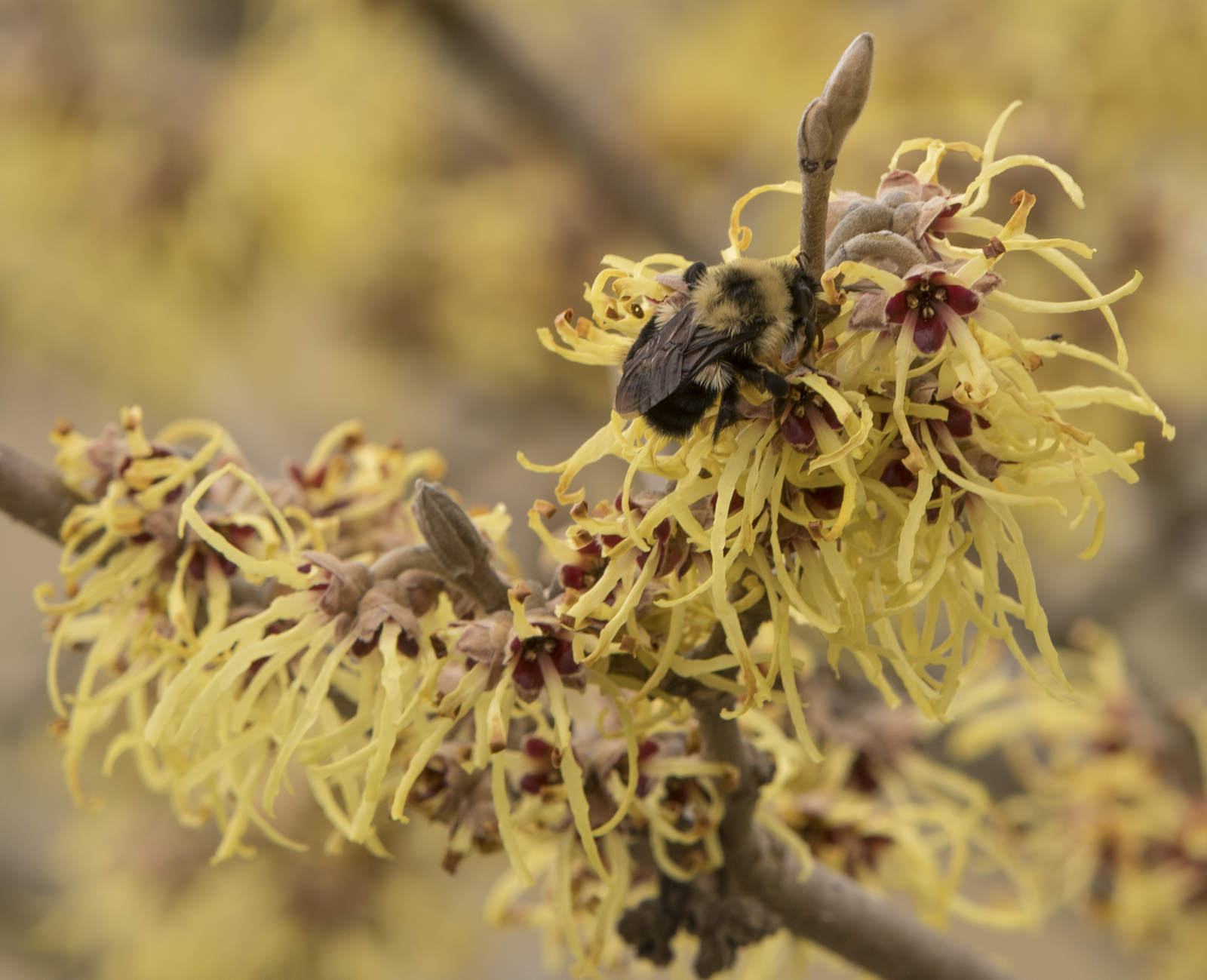
The blue dasher is one of the most common dragonflies in North America. They live near Lake Maury and Kettle Pond feeding on hundreds of insects daily. They can eat up to 10% of their body weight!

The monarch butterfly is perhaps the most popular and easily identified butterfly in North America. They make a 3,000-mile migration journey yearly, traveling up to 100 miles a day! They are poisonous from birth by eating milkweed leaves. Their bright colors serve as a warning to predators.
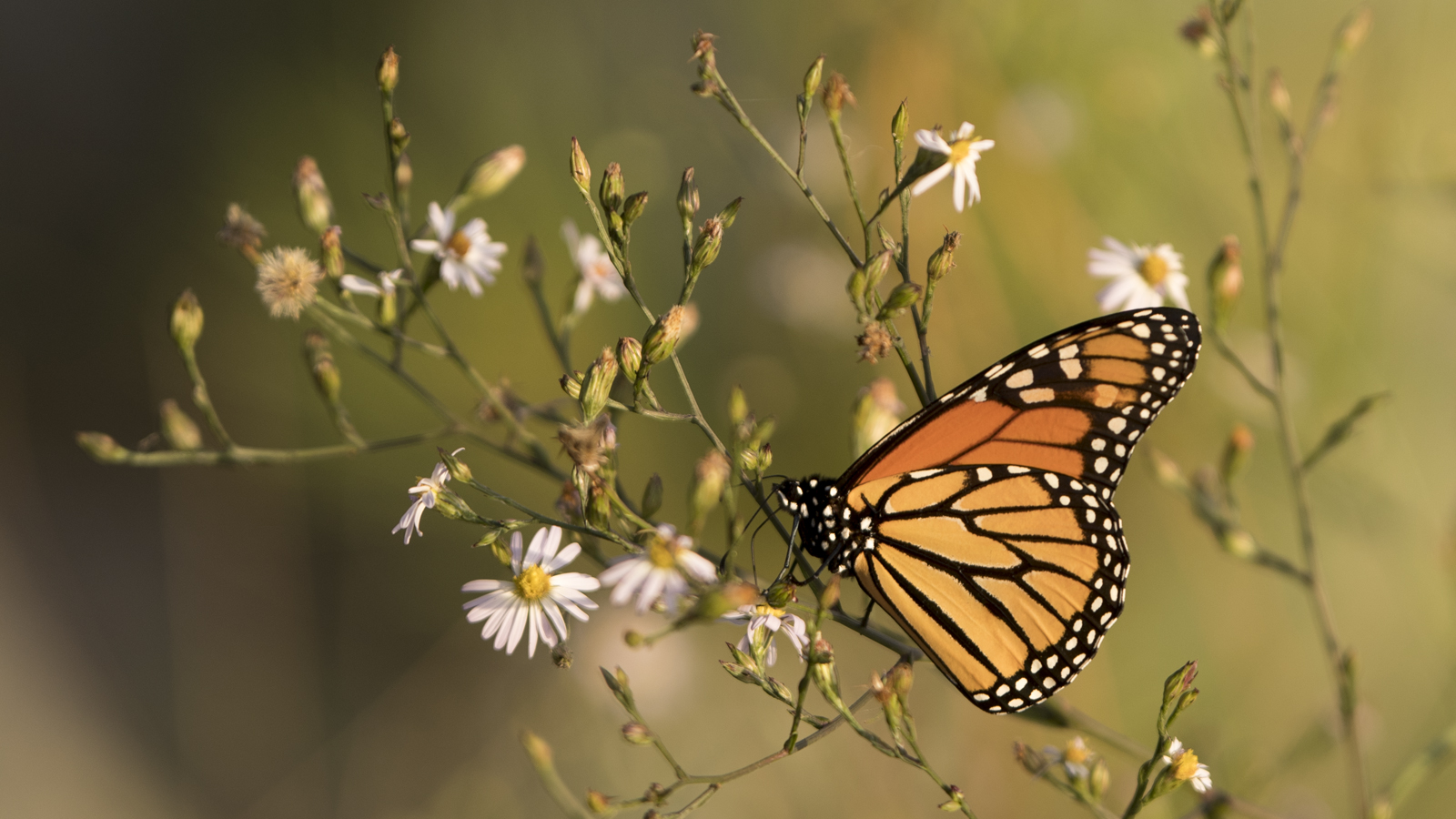
One of our more creepy-crawly Park inhabitants is the wolf spider. The females are unique in that they carry their blue-colored egg sac at the base of their stomach. She will continue to carry her young, called spiderlings, with her for several weeks after they emerge. No other spider is known to do this!
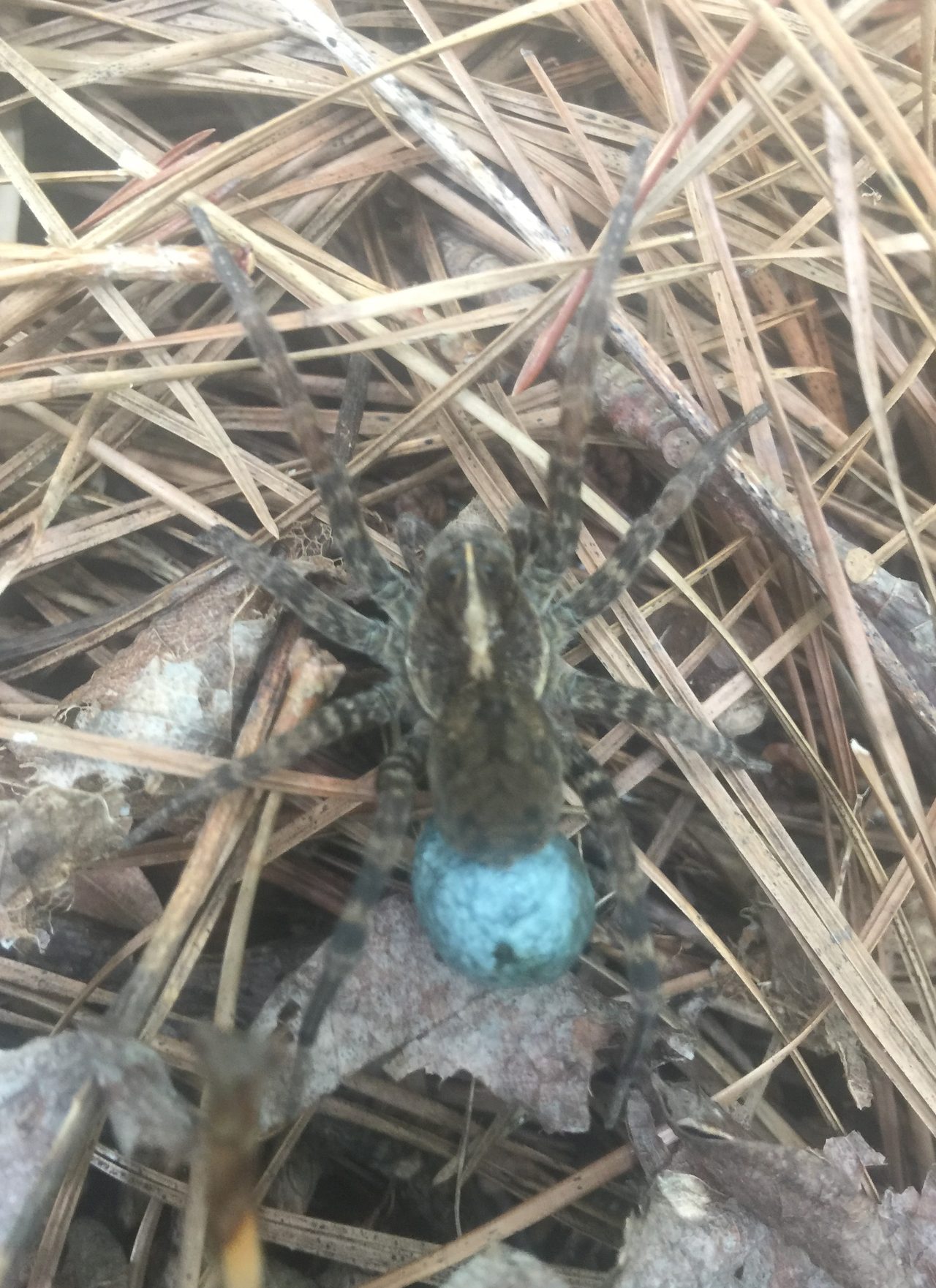
Reptiles
What would a walk along the Noland Trail be like without seeing turtles greet you at one of the bridges? In all, we have 20 different reptile species in the Park. Twelve of those species are turtles! The common snapping turtle might be the grumpiest-looking turtle we have but they are also the largest. They can live to be 100 years old and reach maturity between 15 and 20 years! It is rumored that we have an enormous snapping turtle in the Lake, his name is Daniel.
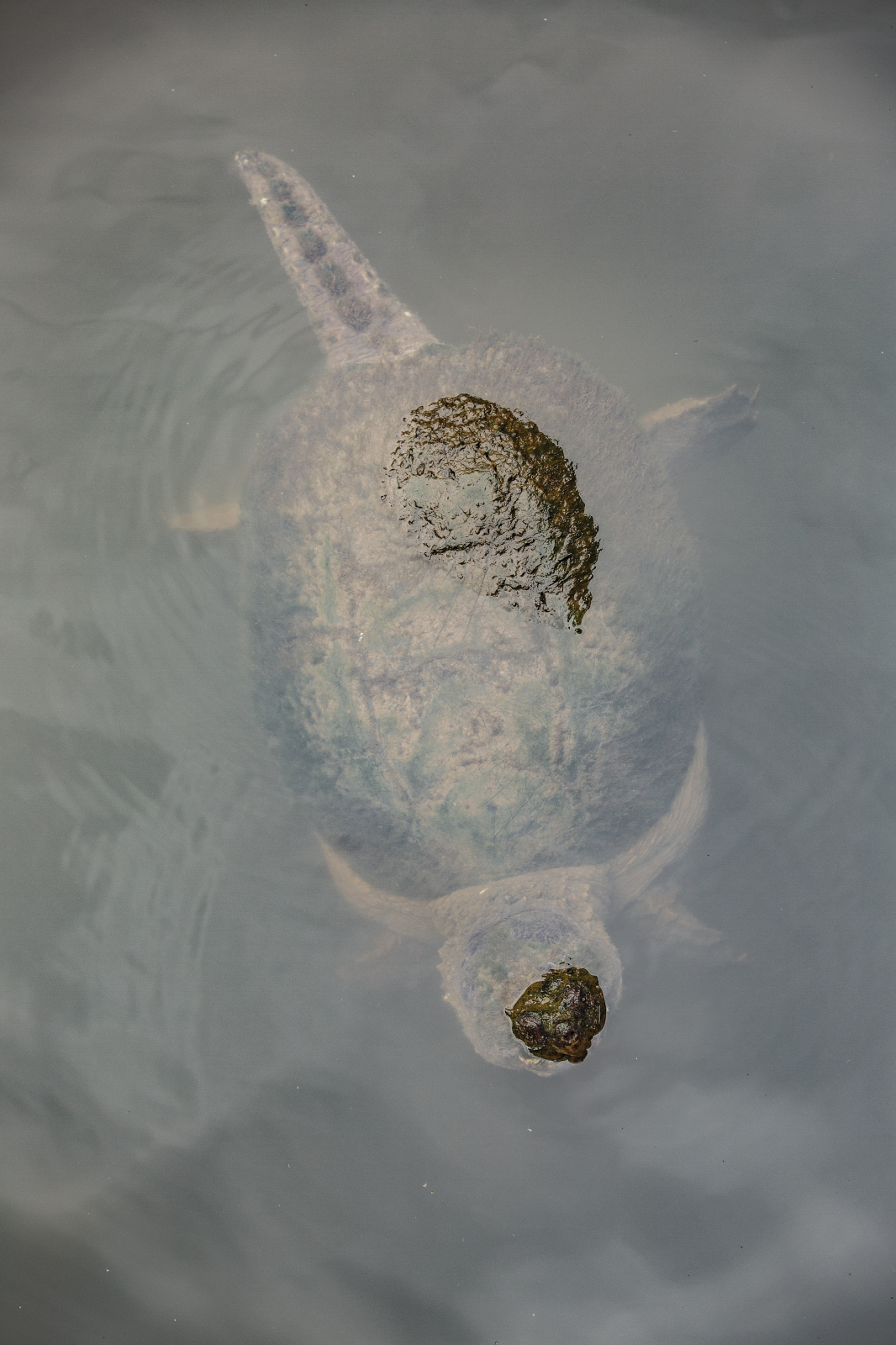
It might be pretty obvious where this next reptile gets its name. The red-eared slider is a popular turtle in the Park with its distinctive red stripes. It is a poikilotherm. This means they cannot regulate their body temperature. Therefore, they have to sunbathe frequently to keep themselves warm.
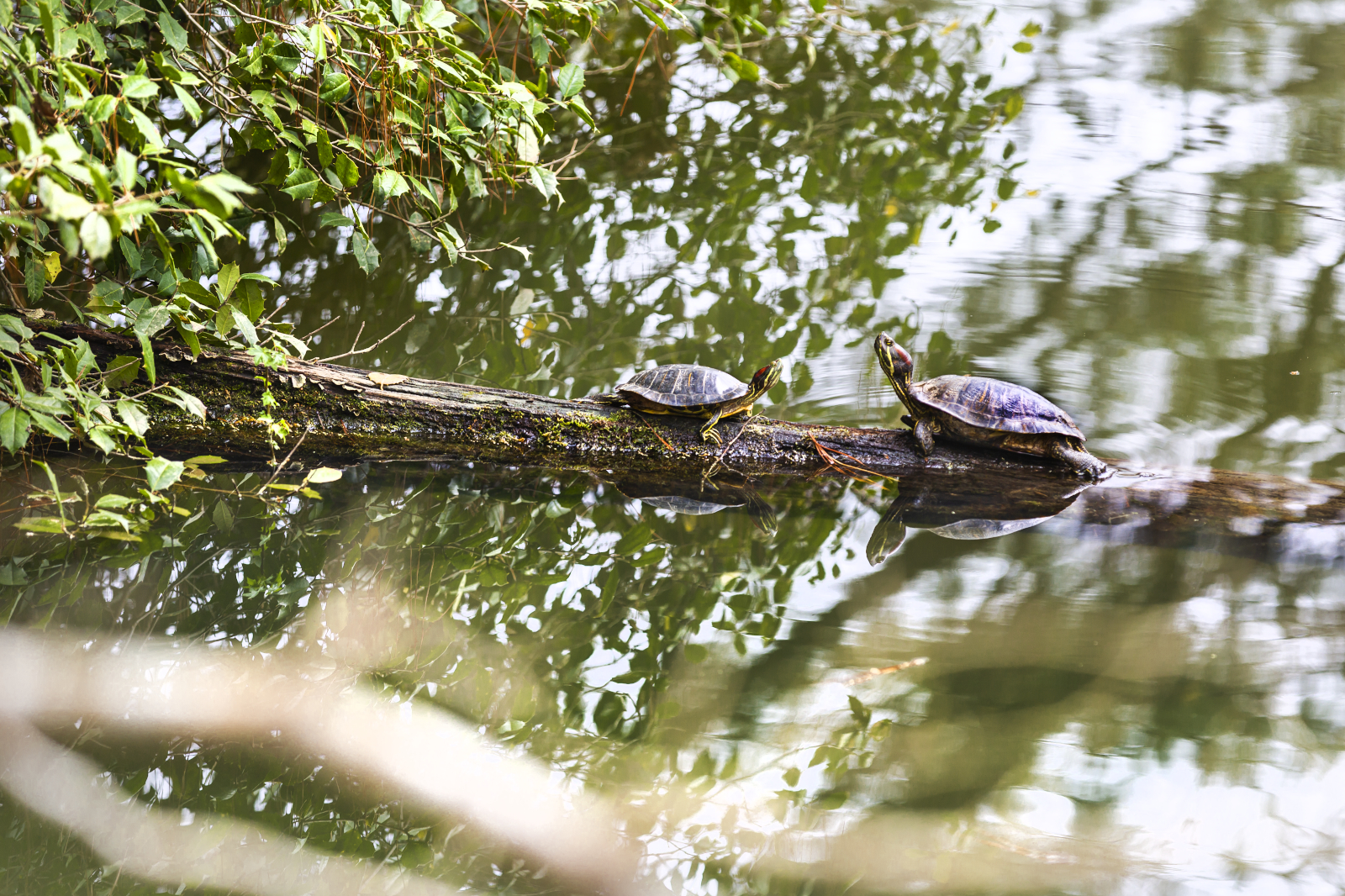
What would a reptile list be without a snake? The northern water snake is often confused with the venomous cottonmouth. However, the cottonmouth has much more defined bands of color. As they age, their scales become darker, with some snakes becoming almost completely black. Unlike many other snakes who produce eggs, the northern water snake is ovoviviparous. This means it births live young!
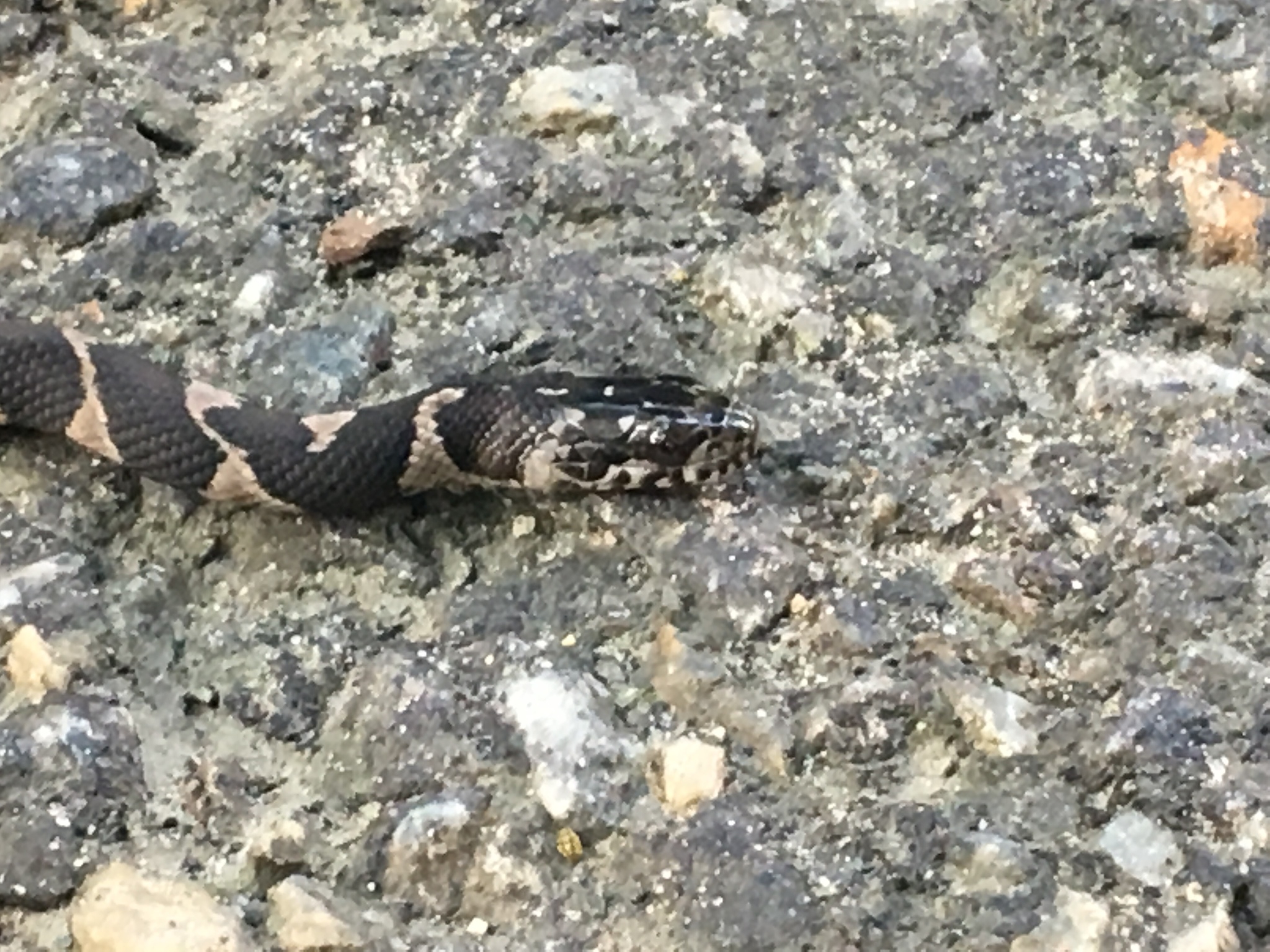
Mammals
The last group I’ll highlight is certainly our furriest! Currently, only seven mammals have been seen in the Park. All of them are native to the area. The raccoon is known for its distinctive ‘mask’ around the eyes and ringed tail. The name was adapted from the Powhatan’s word for them, aroughcun, first recorded in John Smith’s accounts.
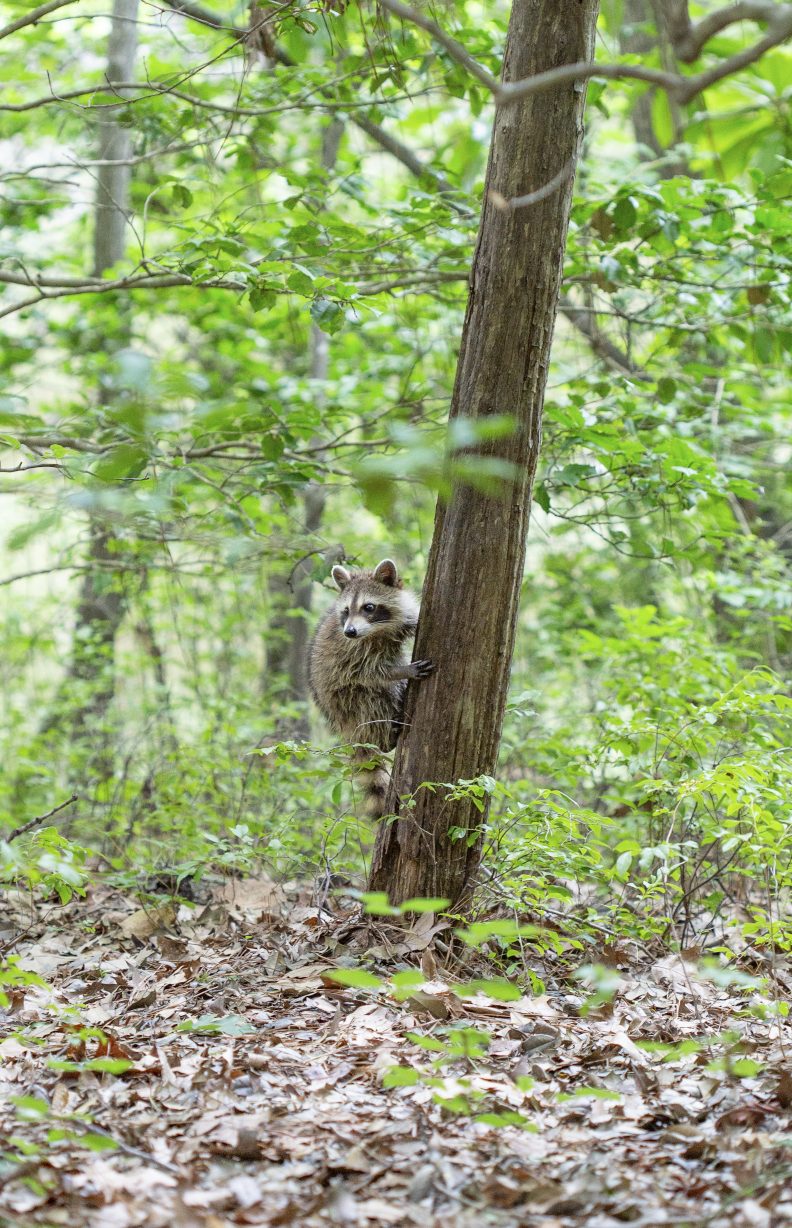
White-tailed deer are the largest mammals found in the Park. Fawns, baby deer, are extremely fast learners. They can walk within one hour of birth and outrun a person at five days old. Deer are considered crepuscular, meaning they are active primarily during twilight.
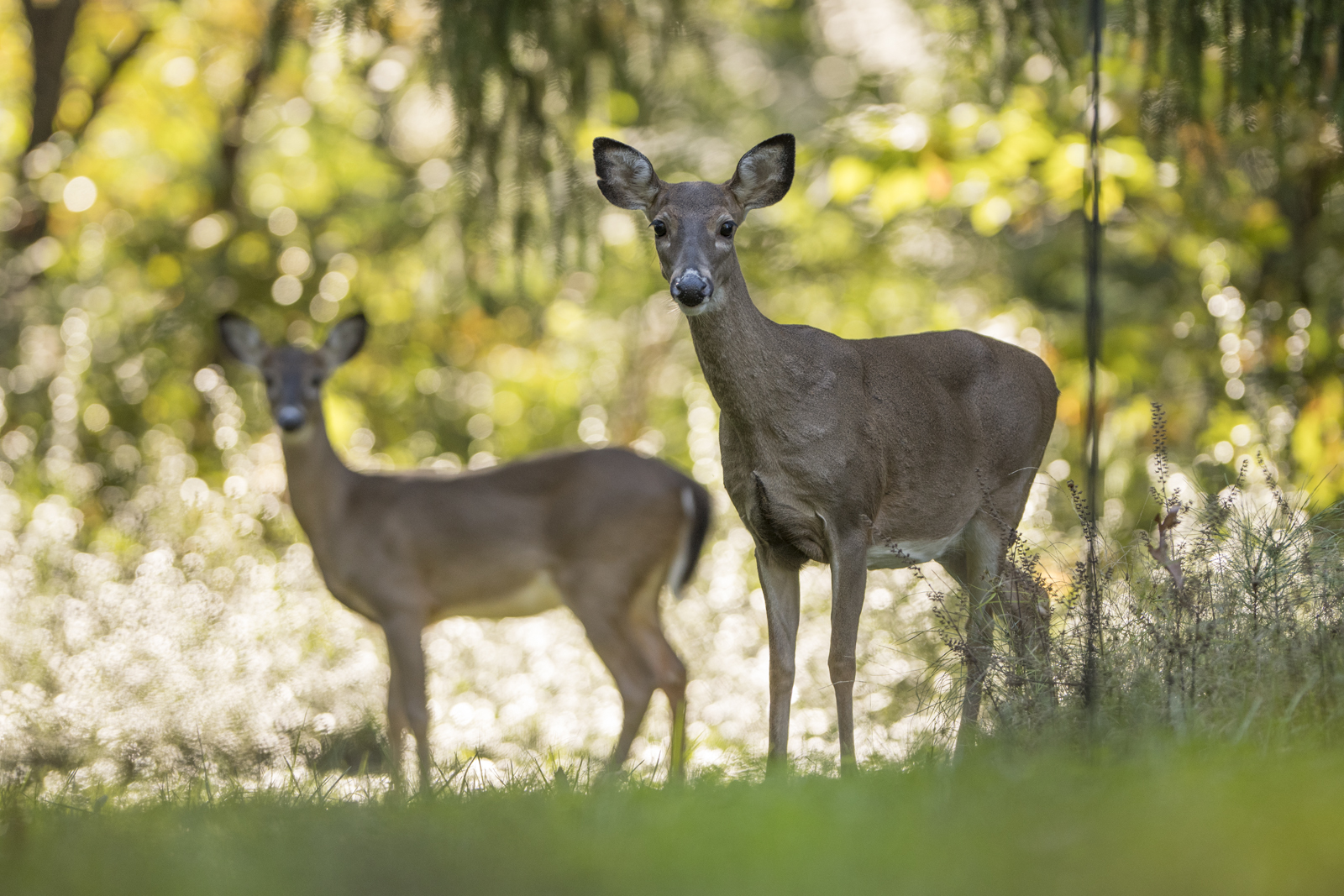
The Mariners’ Museum Park’s living collection is incredibly diverse, supporting many different flora and fauna. Did you know, you can help us learn more about the Park by becoming a citizen scientist using phone applications like iNaturalist or eBird? Most of what we have learned about our Park inhabitants has come from the community! So, the next time you visit the Park, think about all of the living things surrounding you and help us identify more!
